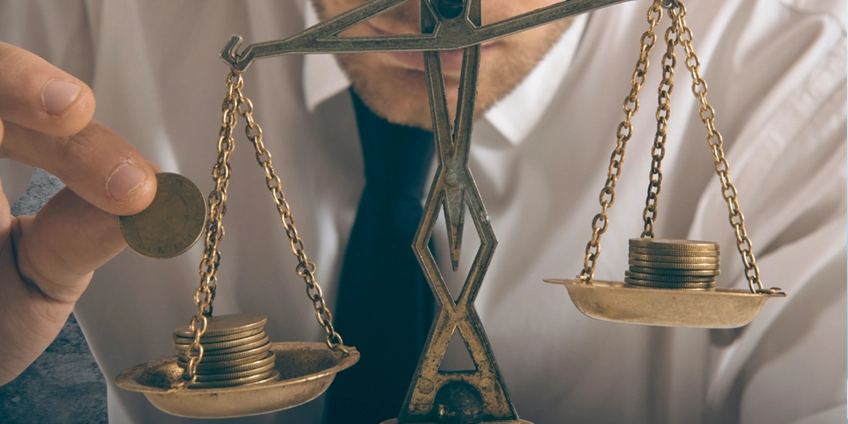Why is my SECA Tax more than my friend’s FICA Tax?
Published:
What is SECA, why I pay more for Social Security, and how is that even fair
You may have noticed the remarkably high self-employment tax on Form 1040 (15.3%) and wondered how Americans – who have such a rich history of entrepreneurship – can accept such a taxing tax on small businesses. Particularly when this tax is compared to salaried workers, who are only responsible for half that figure (7.65%).
How is this possibly fair?
The Self-Employed Contributions Act (SECA) of 1954 required small business structures to contribute a portion of their net income toward Social Security, just like regularly employed workers. Suddenly, participants in sole proprietorships, partnerships and S-Corporations were seen as both employer and employee.
They were responsible for both halves of the payroll tax.
Payroll tax became an institution in 1935 with passage of the Social Security Act. The bill would help aging Americans support themselves after retirement, a prospect that seemed impossible to many individuals whose savings were lost in the stock market crash of 1929.
The bill stipulated that Social Security would be covered half by employer and half by employee. The funds and interest would then be given back in monthly installments after retirement.
Almost two decades later, SECA applied the same stipulation to self-employed individuals.
Except in order to receive the same benefits as their salaried friends, sole proprietors and the like would need to contribute both halves of the tax obligation – that of the employer and that of the employee. So the system keeps everyone on the same benefits schedule with equal rights to Social Security, as well as all the other benefits that were added later, including Disability, Unemployment and Medicare. The whole lump of benefits taxes are referred to as payroll/self-employment tax.
In the case of payroll taxes, corporations can deduct their half from their total profits because their contribution is considered a business expense.
So it is only fair that half of your self-employment tax is deducted from your profits. The deduction is calculated on Line 6 of Schedule SE (Self-Employment Tax).
So even though you are self-employed, you will still receive the same value of benefits as someone who is salaried. And you will make the same contribution. That is how the system is justified.



